On September 25, dozens of reformers, policymakers, and parents came together for the first-ever No More Lines Symposium in the gymnasium of the former Monroe Elementary School, part of what is known today as the Brown v. Board of Education National Historical Park.
Symposium attendees came together to mark the 70 years since the landmark ruling in Brown v. Board of Education of Topeka, which struck down racial segregation in public schools. This was an opportunity to celebrate this milestone and reflect on the progress made thus far to guarantee equal access to public education for all students.
Digging into No More Lines Policy
After attendees reflected on the personal stories shared in the morning sessions, they were taken on a deep-dive into the specifics of education policy – how No More Lines looks in the real world.
Halli Faulkner, senior legislative drafter with yes. every kid., presented the group with a primer on the pillars of an ideal No More Lines policy landscape, noting that to empower families to the greatest extent possible means that we must guarantee equal access to public schools. Earlier this year, she authored a report aligning three key policy ideas around the vision of No More Lines: mandatory open enrollment, ending discrimination based on address, and decriminalizing address sharing.
As a former middle school teacher and forever policy wonk, Halli began by reviewing the implications of the landmark Brown v. Board of Education decision on racial segregation in public schools but lamented that school boundaries have unfortunately led to the defacto segregation of communities by address, and by extension their family’s wealth. Even post-Brown, public education is still divided along these lines.
She then led the crowd through a vision of education unconstrained by exclusionary school boundary lines. Halli noted that empowering families with many options to pursue the education that is best for their kids is most in-keeping with the promise of Brown v. Board of Education. Though no state is perfect in this regard, those doing the best today are ensuring that education is truly available to all.
In Arizona, which enacted the nation’s first open enrollment policy in 1994, nearly 100,000 students utilize the policy today to attend a public school outside of their assigned district. In Colorado, nearly 200,000 kids – almost a quarter of all students – use open enrollment.
Attendees were then invited to take a self-guided tour through the old Monroe Elementary School. Several classrooms were repurposed to become exhibit halls showcasing the history of segregation in the United States and the several Supreme Court cases that ultimately brought intentional segregation in public education to a halt.
What Is True Open Enrollment?
When they returned to the Monroe school gymnasium, Jude Schwalbach, senior education policy analyst with Reason Foundation, and Shannon Pahls, public affairs director with yes. every kid., opened a conversation on the many moving parts of a true “open enrollment” policy for public school students. This was an opportunity for attendees to get a sense of the nuts-and-bolts of one pillar of No More Lines policy: mandatory open enrollment.
Over the past several years, Reason Foundation has released a review of state public school open enrollment laws, measuring state policy on metrics covering enrollment, tuition, and transparency. The 2024 review was just published, and while no state earns a perfect score, only Oklahoma meets six out of seven metrics and only Idaho meets five out of seven.
Sharing some of his work, Jude discussed how different open enrollment looks across the nation. Whether rural, suburban, or urban, when barriers are reduced to give students truly equal access to public education, the outcomes are as diverse as America itself.

The symposium provided ample opportunity to explore the difficult policy questions that often come up when discussing the future of education. Attendees would return home with a more comprehensive understanding of how No More Lines works in the real world and energized to share their stories with family, friends, and colleagues from their day in the former Monroe Elementary School gymnasium.
